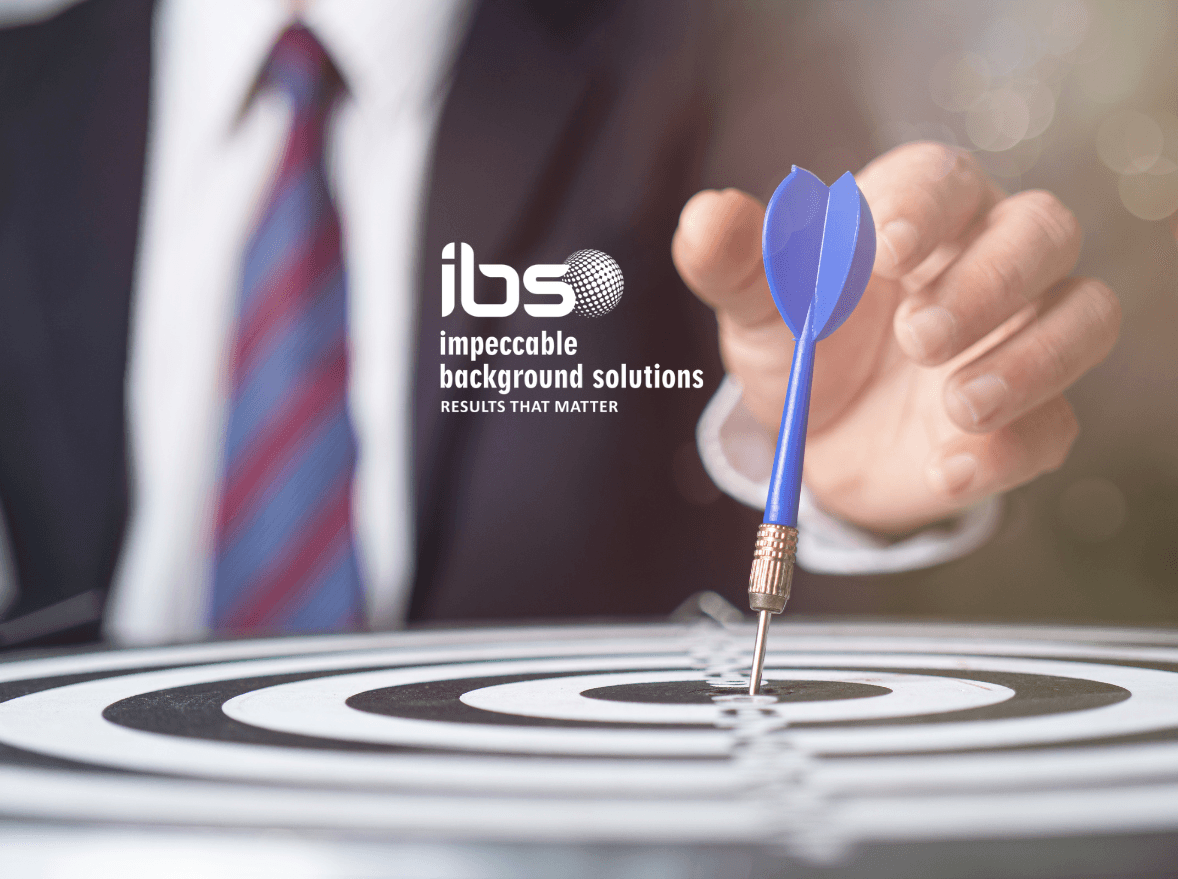The employee verification process is an essential step in the onboarding process for new hires. It serves to confirm the identity and qualifications of the new hire and to ensure that they are legally authorized to work in the country. The process typically includes a variety of tasks such as background checks, identification and document verification, and compliance with relevant laws and regulations. However, despite its importance, the employee verification process can often be a time-consuming and cumbersome task for both employers and new hires.
This guide aims to provide a comprehensive overview of the process, including the necessary steps and documentation required. If you are a new hire, this will help you know more about the employee verification process so that you know what to expect and how you can help make the process move along faster.
Why Employee Verification is Essential in the Onboarding Process

Employee verification is an essential step in the onboarding process for new hires. It serves to confirm the identity of the new hire and to ensure that they are legally authorized to work in the country.
This process involves verifying the new hire’s identity through a combination of documents such as a passport, driver’s license, or birth certificate. Additionally, the new hire’s qualifications, such as education and work experience, are also verified to ensure that they are suitable for the position they are being hired for.
The process of employee verification also helps to protect the company from potential legal issues and liability. By verifying the legal status of new hires, employers can ensure that they are not hiring individuals who are not authorized to work in the country. This can help the company avoid penalties and fines for hiring undocumented workers.
Additionally, by verifying the qualifications and credentials of new hires, employers can ensure that they are not hiring individuals who are not qualified for the position they are being hired for. This can help the company avoid legal issues related to hiring unqualified individuals and potential liability for damages caused by the unqualified employee.
Employee verification also serves to maintain a safe and secure workplace for all employees. By verifying the identity of new hires, employers can ensure that they are not hiring individuals with a history of criminal activity, or who may be a potential security risk. This can help to prevent incidents of workplace violence, theft, and other criminal activity.
The Traditional Employee Verification Process: Challenges and Solutions

The traditional employee verification process can present several challenges for employers. One of the main challenges is the time and resources required to manually verify the identity and qualifications of new hires.
This can involve collecting and reviewing a large amount of documentation, such as your passport, driver’s license, and educational certificates, which can be time-consuming and prone to errors. Additionally, the process of verifying the legal status of new hires, such as checking for work authorization and I-9 compliance, can be complex and may require specialized knowledge.
Another challenge is the risk of errors and inaccuracies in the verification process, which can lead to legal and compliance issues. For example, if an employer unknowingly hires an undocumented worker, they may face penalties and fines. Similarly, if an employee’s qualifications and credentials are not properly verified, and they are not qualified for the position, the employer may be liable for damages caused by their actions.
To overcome these challenges, there are several solutions that employers can consider. One solution is to use an automated employee verification system, which can streamline the process and reduce the risk of errors. These systems can use digital documents and electronic signatures, which can significantly reduce the time and resources required for verification.
Another solution is to outsource the employee verification process to a third-party vendor or a professional background check company. These companies have specialized knowledge and expertise in employee verification and can handle the process on behalf of the employer. This can free up time and resources for the employer while ensuring compliance with relevant laws and regulations.
Necessary Steps and Documentation for Employee Verification
The employee verification process involves several steps and the necessary documentation for an employer to confirm the identity and qualifications of a new hire, and to ensure that they are legally authorized to work in the country. Here are some of the key steps and documentation that are typically required for employee verification:
- Identification documents: New hires will typically be required to provide original copies of government-issued identification documents, such as a passport, driver’s license, or birth certificate. These documents will be used to confirm the new hire’s identity and to check that they are legally authorized to work in the country.
- I-9 form: All new hires are required to complete an I-9 form, which is used to verify their identity and legal status. The new hire will be required to provide documentation such as a passport, driver’s license, or birth certificate, to confirm their identity. The employer will also be required to review the documentation and to sign the form to confirm that the new hire’s identity and legal status have been verified.
- Educational and professional qualifications: Employers may also be required to verify the new hire’s educational and professional qualifications. This can involve collecting and reviewing educational certificates, diplomas, and transcripts, as well as professional licenses, certifications, and references.
- Background check: Employers may also conduct a background check on new hires to verify their identity and qualifications, as well as to ensure that they do not have a history of criminal activity. This can involve checking the new hire’s criminal record, credit history, and other relevant information.
Streamlining the Employee Verification Process: Best Practices and Tools

The traditional employee verification process can be time-consuming, prone to errors, and difficult to manage. However, there are several best practices and tools that can be used to streamline the process, making it more efficient and accurate. Here are some examples:
- Online verification: By using online verification tools, employers can easily and quickly verify the identity and qualifications of new hires, as well as their legal status to work. These tools can also automate the process of collecting, storing, and reviewing documentation, reducing the need for manual data entry and paper records.
- Electronic I-9 forms: Instead of paper-based I-9 forms, employers can use electronic I-9 forms that can be completed, signed, and stored electronically. This not only reduces the need for paper records, but it also allows employers to easily access, manage, and store I-9 forms for all of their employees.
- Automated background checks: Employers can use automated background check tools to verify the identity, qualifications, and background of new hires. These tools can quickly search and verify information from various sources, such as criminal records and credit history, and can provide employers with a comprehensive background check report.
- Self-service portals: By providing new hires with self-service portals, employers can allow them to complete the verification process online, and upload the necessary documents and forms. This can also reduce the need for manual data entry, and also allow employers to quickly access and review the necessary documentation.
- Mobile verification: The use of mobile verification tools can also help employers to streamline the employee verification process. With these tools, employers can complete the verification process using a mobile device, such as a smartphone or tablet, and can easily collect, store, and review documentation.
Wrapping Up: Key Takeaways and Additional Resources
Employee verification is an essential step in the onboarding process for new hires, and is extremely beneficial to both employers and potential hires. It helps employers to confirm the identity and qualifications of new hires and to ensure that they are legally authorized to work in the country.
The traditional employee verification process can be time-consuming, prone to errors, and difficult to manage, which is why choosing to work with a professional background check company like Impeccable Background Solutions can help streamline the process and take a load off your back with our professional background check services.
Learn more about our background check services on our website, or give us a call at 404-796-8419 and find out what we can do for you today!





